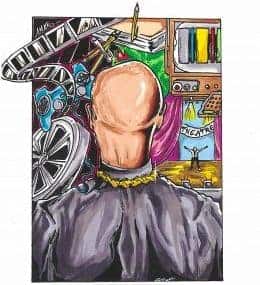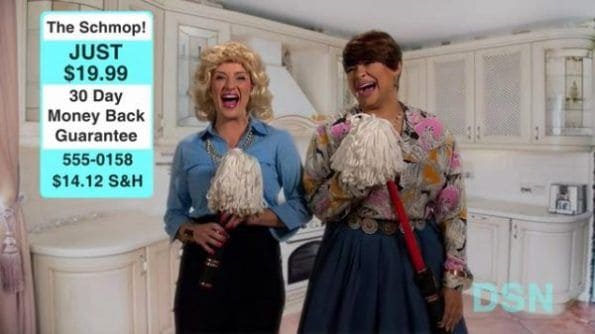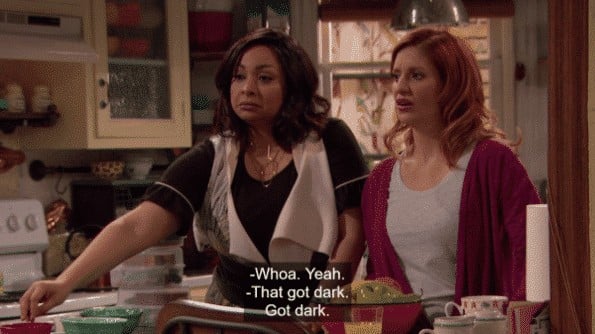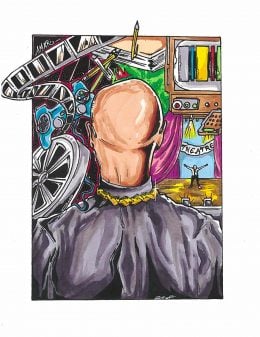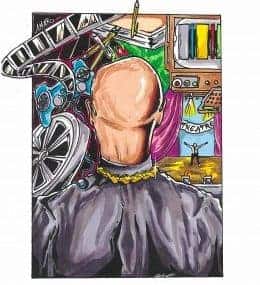It Goes A Little Deeper Than That: How Raven’s Home Continues To Push Children’s Programming Like Its Predecessor
Raven’s Home, on the surface, seems like your regular, live audience, comedy. However, like it’s predecessor there is more to it than you can see on the surface. For years, That’s So Raven was put on a pedestal for addressing racism, body image issues, among other topics. Usually for just an episode but when it…
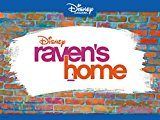
Spoiler Alert: This summary and review contains spoilers.
Additionally, some images and text may include affiliate links, meaning we may earn a commission or receive products if you make a purchase.
Raven’s Home, on the surface, seems like your regular, live audience, comedy. However, like it’s predecessor there is more to it than you can see on the surface.
For years, That’s So Raven was put on a pedestal for addressing racism, body image issues, among other topics. Usually for just an episode but when it comes to children’s programming, just an episode can influence a lifetime. Since then, shows like Girl Meets World addressed topics like having autism, bullying, being working class, and shows like Andi Mack address teen relationships, anxiety, and so many other very tropical topics.
Yet, Raven’s Home is to not be outdone. In the series, currently in its second season, we have seen the sequel show adapt to some extent while still feeling like it is taking the lead. Take for instance the topic of money. In most Disney shows, money is rarely an issue. Even on shows like Andi Mack, Andi’s mom, Bex, has to be working a minimum wage job yet can afford a rather spacious one-bedroom apartment. Perhaps with her parents’ help, perhaps not. On Raven’s Home, money is a major issue and getting it isn’t glamorous.
Unlike a lot of shows, Raven, from the start, was showing working a job. First by designing clothes for dogs, which was adjacent to her true dream of designing for humans, but not what she truly wanted to do. Also, she had what many experience – a horrible boss. Then, in season 2, after leaving that job, she finds herself working as part of the gig economy. An on-call driver since she is the only one bringing money in.
Leading to the need to bring up Chelsea. A character which still feels very much rooted in the times where That’s So Raven was releasing new episodes. She is a parent that is goofy, uninhibited, and zany. Yet, as the first season addresses her struggling with an ex-husband who took all her money, and a child who, in one episode, wanted to be just like his dad, we begin to see there is more to Chelsea than what seems to often be an airhead. If anything, with Raven taking care of the bills, and reminding Chelsea as a running gag, she was allowed to mentally and emotionally repair herself.
Making it seem, in the school dance episode, as she showed herself in such a way you can imagine her as a businesswoman, that she was getting better. Maybe not to the point of honing her skills and dealing with adults, but she could pull it together when she needed to.
And it isn’t just the adults, by the way. As noted, Chelsea’s son, Levi, is dealing with a monetary downgrade in lifestyle. He went from having his own room, likely a large one, to bunking with Raven’s son Booker. A boy often touted as the one Raven has to worry about the most, leaving her daughter, Nia, showing feelings of abandonment. Something not often seen in past Disney shows since there was usually a two-parent household. In this program, however, both Raven and Chelsea are divorced, with Raven having an amicable one and Chelsea, well divorcing an evil man.
Refocusing on Nia, what you have to love about the character is that, while she doesn’t have powers like her mother and brother, she isn’t forgotten. In a way, she brings an emotional element to the show. She is less sure of herself than Booker, more reliant on her best friend than Booker is on his, Levi, and while fashionable, she is also awkward. In a way, she plays the Black girl you don’t often get to see in children’s programming. For either, they play the best friend or simply aren’t part of the show.
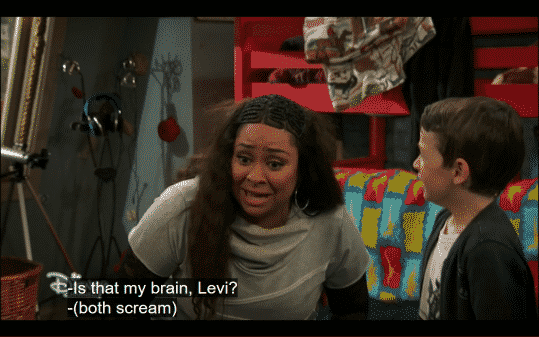
Another thing worth noting is how culture is presented. Being that the show takes place in Chicago, in the second season we got to see Black girls stepping, and hearing Raven did that in college. Also, there are conversations about weaves, and a lot of things which are presented in a Cosby Show esque way. That is, it isn’t so Black it is alienating but Black enough that, if you are Black, you recognize it and feel seen and represented.
Leaving one last topic: Tess. Nia’s best friend presents the idea that a person is more so the culture they grow up around than who necessarily they are born to. Take for instance that neither Nia nor Booker exhibit a strong sense of “urban” culture that much. Both seem rather suburban and Nia definitely comes off a bit posh. Tess, on the other hand, can come off borderline ghetto. This is despite an uncle who is a cop, and a dad who is a truck driver. Yet, because she grows up in Chicago, she is into basketball, has a certain swag to her, and speaks with a certain vernacular, it doesn’t come off fake or a joke. For Tess, it is just how she is.
And while many of these things may seem surface level to some, there is a need to recognize that touching on the idea of children worrying about money and parents talking about not having the rent isn’t common. Showing a parent, on the Disney Channel, who isn’t living their dream or doing exceptionally well isn’t the norm yet. Never mind the idea of a parent being a bad person or a father living their dream and feeling guilty about not being there for their kids. Not to forget, it being noted that a parent is paying child support or dealing with depression. Which isn’t explicitly verbalized in the form of “Chelsea has depression” but it being clear sometimes, especially in the first season, she isn’t herself and is trying to re-discover who that is.
Really pushing the idea that Raven Symoné, as well as the creative team, really took note of what they could do, thanks to Disney’s changing culture. Then expanded on ideas which maybe, back when That’s So Raven was around, couldn’t become arcs, running gags, or things of that nature. Perhaps because they were considered too dark by Disney standards. Yet, as then, and shown now, while you can find the funny in anything, for nearly each character, if not also episode, you can see the insecurity, anxiety, or even darkness which pushes them to sometimes wild decisions. To see it, you just have to go a little deeper.
